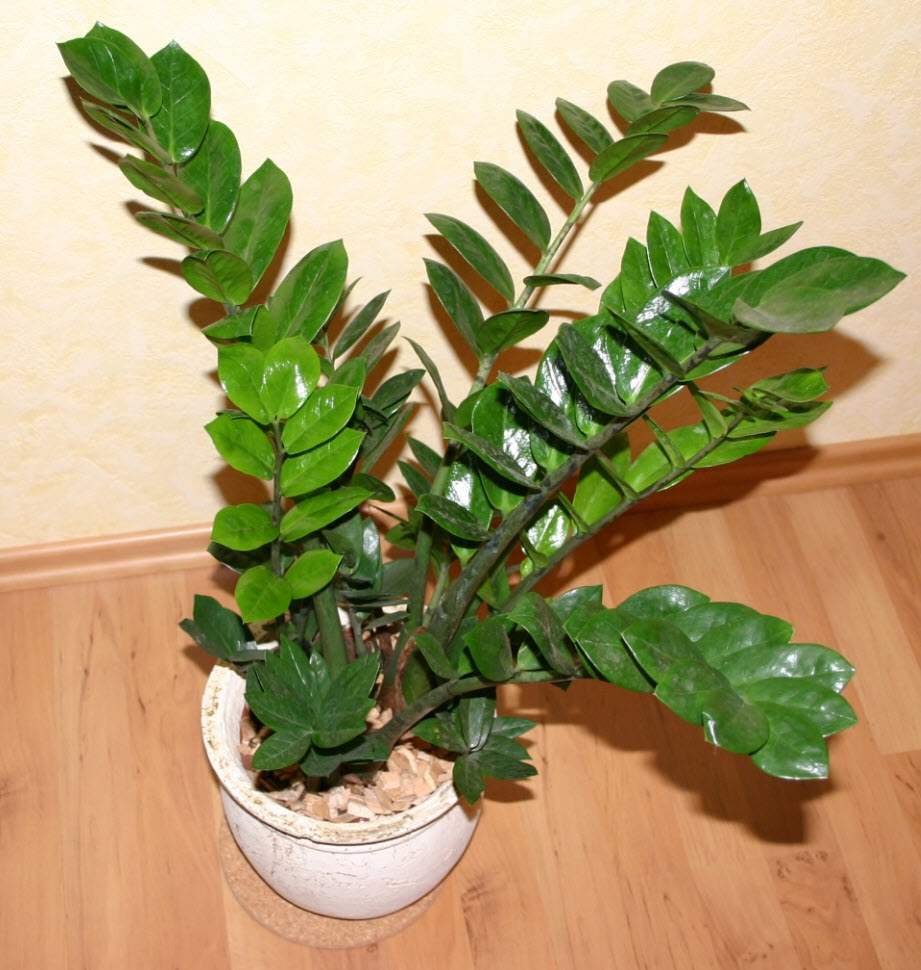The Unstoppable ZZ plant: A Comprehensive Guide to Zamioculcas Zamiifolia
The ZZ plant, scientifically known as Zamioculcas zamiifolia, has surged in popularity in recent years, becoming a staple in homes and offices worldwide. Its glossy, dark green leaves and robust nature make it a visually appealing and incredibly low-maintenance houseplant. This article delves into the intricacies of the ZZ plant, exploring its origins, characteristics, care requirements, and propagation methods, providing a comprehensive guide for both novice and experienced plant enthusiasts.
Origins and Natural Habitat

Botanical Characteristics
The ZZ plant is a member of the Araceae family, which also includes popular houseplants like peace lilies and pothos. Its most striking feature is its pinnate leaves, which grow in opposing pairs along thick, fleshy stems. These stems emerge from underground rhizomes, which are tuber-like structures that store water and nutrients, enabling the plant to survive prolonged dry spells.
Foliage
The leaves of the ZZ plant are oval-shaped, smooth, and glossy, exhibiting a deep, rich green color. They possess a waxy cuticle, which helps to minimize water loss through transpiration. This adaptation is crucial for the plant’s survival in dry environments.
Rhizomes
The rhizomes of the ZZ plant are its lifeline, serving as storage organs for water and nutrients. These underground structures are thick and potato-like, enabling the plant to withstand periods of drought. The rhizomes also play a vital role in propagation, as new shoots can emerge from them.
Flowers and Fruits
:strip_icc()/zz-plant-in-blue-ceramic-pot-34028736-1af4752ddf88454ebaf06299057ab0a1.jpg)
While the ZZ plant does produce flowers, they are relatively inconspicuous and rarely seen in indoor settings. The flowers are small, spadix-type inflorescences, typical of the Araceae family, and are usually hidden among the lower leaves. If pollinated, the flowers can produce small, white or cream-colored berries. However, indoor ZZ plants rarely produce fruits.
Care Requirements: A Guide to Thriving ZZ Plants
The ZZ plant’s popularity stems from its ability to tolerate a wide range of growing conditions. However, providing optimal care will ensure its health and vitality.
Light
The ZZ plant thrives in bright, indirect light but can tolerate low-light conditions. Direct sunlight, especially during the hottest parts of the day, can scorch its leaves. A location near a north- or east-facing window is ideal.
Watering
Overwatering is the most common cause of problems with ZZ plants. Allow the soil to dry out completely between waterings. During the winter months, when the plant’s growth slows down, watering should be reduced even further. The rhizomes store water, so the plant can tolerate extended periods of dryness.
Soil
A well-draining potting mix is essential for ZZ plants. A mixture of standard potting soil, perlite, and orchid bark provides excellent drainage and aeration.
Temperature and Humidity
The ZZ plant prefers average room temperatures between 65°F and 80°F (18°C and 27°C). It can tolerate slightly cooler temperatures but should be protected from frost. Average household humidity is sufficient for ZZ plants.
Fertilizing
ZZ plants are not heavy feeders and require minimal fertilization. A balanced liquid fertilizer diluted to half strength can be applied every two to three months during the growing season (spring and summer). Avoid fertilizing during the winter months.
Repotting
ZZ plants should be repotted every two to three years, or when they become root-bound. Choose a slightly larger pot than the current one and use a fresh, well-draining potting mix.
Common Problems and Solutions
While ZZ plants are generally resilient, they can encounter a few common problems.
Overwatering
Symptoms: Yellowing leaves, mushy stems, root rot.
Solution: Allow the soil to dry out completely before watering again. Remove any affected leaves or stems. Repot the plant in fresh, well-draining soil if root rot is severe.
Underwatering
Symptoms: Wrinkled or shriveled leaves, slow growth.
Solution: Water the plant thoroughly and allow the soil to dry out between waterings.
Pests
ZZ plants are relatively resistant to pests, but they can occasionally be affected by scale insects or mealybugs.
Solution: Remove pests manually with a cotton swab dipped in rubbing alcohol. For severe infestations, use an insecticidal soap or neem oil.
Lack of Light
Symptoms: Leggy growth, pale leaves.
Solution: Move the plant to a brighter location with indirect sunlight.
Propagation Methods
ZZ plants can be propagated through several methods, including division, leaf cuttings, and stem cuttings.
Division
This is the easiest and most reliable method of propagation.
Steps for Division
Leaf Cuttings
This method is slower but can produce multiple new plants from a single leaf.
Steps for Leaf Cuttings
Stem Cuttings
Stem cuttings are another effective propagation method.
Steps for Stem Cuttings
Toxicity
The ZZ plant contains calcium oxalate crystals, which are toxic if ingested. Keep the plant out of reach of children and pets. If ingested, it can cause irritation of the mouth and throat.
Benefits of ZZ Plants
Beyond their aesthetic appeal and low-maintenance nature, ZZ plants offer several benefits.
Air Purification
Like many houseplants, ZZ plants can help to purify the air by removing toxins.
Stress Reduction
Studies have shown that indoor plants can help to reduce stress and improve mood.
Aesthetic Appeal
The glossy, dark green leaves of the ZZ plant add a touch of elegance to any interior space.
Conclusion
The ZZ plant is an exceptional houseplant that combines beauty, resilience, and ease of care. Its ability to thrive in a variety of conditions makes it an ideal choice for both novice and experienced plant enthusiasts. By understanding its origins, characteristics, and care requirements, you can ensure that your ZZ plant thrives and enhances your indoor environment. The ZZ plant is a testament to the power of adaptation and a symbol of enduring beauty, making it a valuable addition to any plant collection.
